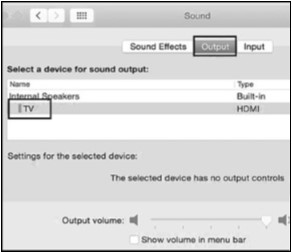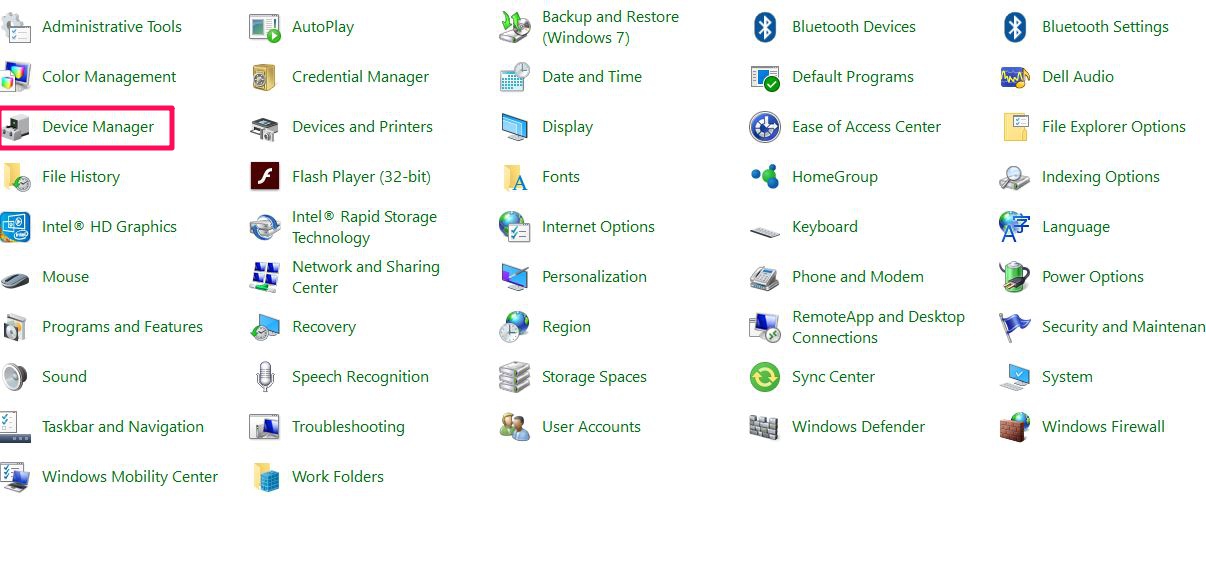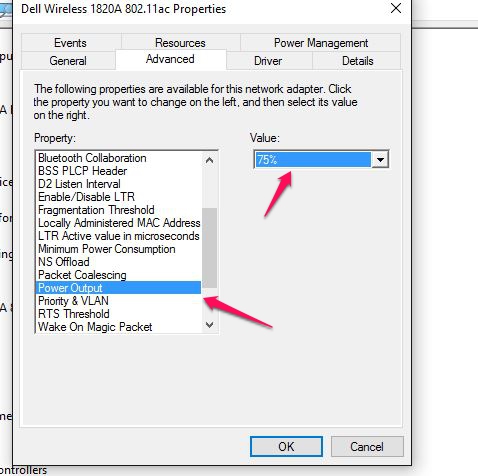System Requirement:
Unlike previous Thunderbolt 3 docking stations that only work with laptops with Thunderbolt 3 enabled laptops, the new hybrid USB-C and Thunderbolt 3 Docking Station supports both USB-C laptops with or without the Thunderbolt 3 technology.
When the docking station is connected to a Thunderbolt 3 laptop, it will work in 'Thunderbolt' mode to utilize the full 40Gbps bandwidth that Thunderbolt 3 can provide.
When docking station is connected to a non-Thunderbolt 3 laptop, it will work in 'USB-C' mode. Check the below article about the USB-C port capability. If you are not sure, please consult the manufacturer for this information.
http://kb.cablematters.com/index.php?View=entry&EntryID=86
Symptom: Computer charges, but all other ports, including USB, Ethernet, and HDMI, do not work
This Docking Station has two USB-C ports. The USB-C port located on the front panel is for connecting and charging peripherals with USB-C, such as a smartphone, up to 18W. When a computer (host) is connected to this USB-C port, it will only provide 18W charging to the computer.
Please connect the computer to the USB-C port located on the rear panel, which provides 80W charging and all connectivity to the computer.
Symptom: Dual video-out does not work. Only one DisplayPort has video or both video display the same content:
The cause of this issue depends on whether the docking station is operating in Thunderbolt or USB-C mode.
In 'Thunderbolt' mode:
In order to output video to dual monitors, the computer must support two displays via Thunderbolt 3. Some Thunderbolt 3 enabled computers such as the Razer Blade Stealth, Lenovo Yoga 720, and HP Spectre x360 do not support a second display via Thunderbolt 3. Gtrusted.com maintains a list of computers tested that support a single display or dual display. If your computer is not on the list, please consult your manufacturer for this information.
https://gtrusted.com/technology/thunderbolt/thunderbolt3-hosts
In 'USB-C' mode:
In the 'USB-S' mode, this dock uses the DisplayPort MST technology to support dual video. However, macOS and Android do not support the DisplayPort MST technology, which is required to support extending the screen on the second display through a single video port. Chromebook may support the DisplayPort MST technology depending on the model number. The Docking Station only supports duplicated external displays on a Mac computer, Android device, or certain Chromebook models that do not support the DisplayPort MST technology.
Symptom: The Docking Station is not functioning properly on a Windows computer with Thunderbolt 3. Symptoms include no video, flickering video, video on one monitor, and an unstable USB peripheral connection.
Solution: Update BIOS, Thunderbolt 3 firmware, Thunderbolt 3 controller driver, and Intel Graphic driver from the manufacturer website. For more details, refer to articles below:
BIOS, Firmware and Driver Updates
Update Intel Graphics Driver for Windows computers
Symptom: Unable to achieve dual 4K video output in the 'USB-C' mode
When in the USB-C mode, due to the limited bandwidth, the maximum number of displays supported are listed below.
| Display Resolution | Number of Monitors Supported |
| 1920x1080 @ 60hz (Full HD) | 2 |
| 3840x2160 @ 30hz (Ultra HD) | 1 |
Symptom: Second display does not light up
When connecting two 4K displays, identical display models are recommended. The first display may default to a 4K 60Hz resolution if it supports 4K 60Hz, while the second display will only output 1080p due to insufficient bandwidth. Manually lower the refresh rate of the first display to 30Hz in
'Control Panel' > 'Display' > 'Adjust Resolution' > 'Display Adapter Properties'
Then manually increase the resolution of the second display to be 4K 30Hz.

If the second display is recognized in Windows but does not light up, most likely there is not enough bandwidth remaining for the second display. Again, manually lower the resolution of the first display and connect the second display in
'Control Panel' > 'Display' > Adjust Resolution
Some daisy-chainable displays have built-in MST functionality. In this case, the DisplayPort MST (sometimes called DisplayPort 1.2 or DP 1.2) must be turned off in the display settings.
- In the display configuration menu, look for the DisplayPort
- Select the option to DISABLE DisplayPort 1.2
- Confirm the selection
You may need to reconnect the DisplayPort cable after making this change. If you are still experiencing issues setting up two monitors, please check the article below for further DisplayPort MST troubleshooting.
https://kb.cablematters.com/index.php?View=entry&EntryID=104
Symptom: Computer is not charging or charges at a reduced speed.
This docking station can pass up to 60 watts of power to the computer. Some computers require more than 60 watts. The power may be disabled through USB-C or charge at a reduced rate when only 60 watts of power is provided.
Symptom: The Docking Station is not recognized / one or more ports are not functional
Unplug all cables and peripherals, restart the computer, and then reconnect everything.
Symptom: Ethernet port is not functioning properly in Windows 7
Solution:
1. Go to www.cablematters.com/downloads
2. Select the correct product from the list.

3. Download both the drivers for Ethernet.
4. Install the driver and reboot your computer.
Symptom: Laggy mouse and missing keystrokes when connecting wireless mouse/keyboard to USB 3.0
The 2.4 GHz band is a widely used unlicensed radio frequency band for devices such as wireless routers as well as wireless PC peripherals like a mouse or keyboard.
Though USB 3.0 has a 5 Gbit/s signaling rate, the noise from the USB 3.0 data spectrum can be high in the 2.4–2.5 GHz range. This noise can radiate from the USB 3.0 connector on a PC platform, the USB 3.0 connector on the peripheral device, or the USB 3.0 cable. If the antenna of a wireless device operating in this band is placed close to any of the above USB 3.0 radiation channels, it can pick up the broadband noise and may result in a drop in throughput on the wireless link.
The resolution is to use a USB 2.0 extension cable to connect the wireless mouse / keyboard dongle to USB 3.0 ports.
Symptom: Ethernet disconnects with certain Dell computers
Some Dell XPS and Precision models may contain an internal Wi-Fi adapter that causes the Ethernet connection to disconnect. This issue can be resolved by lowering the power output of the onboard Wi-Fi adapter.
1. Navigate to Control Panel > Device Manage
2. Select Network adapters. Right-click on the Dell wireless adapter.
3. Select Properties. Click on the Advanced tab. Select Power Output and select 75%.
4. Disconnect the cables and Docking Station, restart the computer, and reconnect everything.
Symptom: Audio is not transmitted to monitor through HDMI
Some monitors do not have built-in speakers. Therefore, audio must be transmitted separately. If audio is supported, please follow the steps below to select the correct playback device:
Windows:
1) Open the 'Sound' menu by searching or right clicking the sound icon on the taskbar
2) In the Playback Tab, select the display with HDMI
3) Click Set Default
4) Click OK to save the settings

MacOS:
1) Open the Apple Menu and go to System Preferences
2) Click the Sound icon
3) Click the Output tab
4) Select the display with HDMI

For more information about our Thunderbolt products including drivers and user manuals, please visit the Thunderbolt page on our website.



